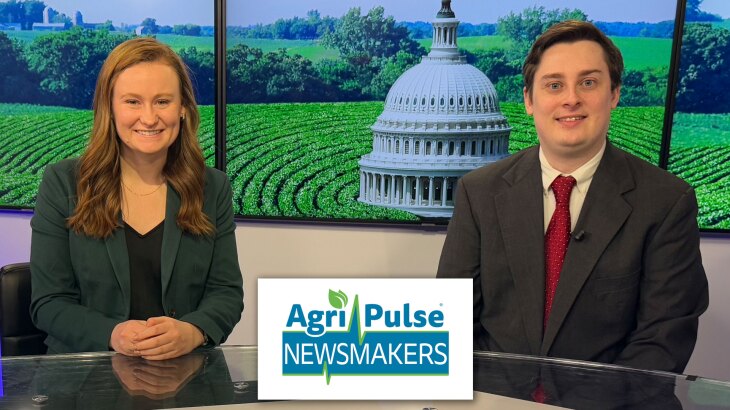It is said that, prior to European settlement, a primeval forest covered the the eastern part of the North American continent so thoroughly that a squirrel could travel treetop to treetop from the Atlantic coast all the way to the Mississippi River without ever having to touch the ground. Mighty oaks, beeches, hickories, maples, and other species of trees comprised these ancient forests – familiar trees whose descendants still remain among us. But there is one notable exception: the American chestnut, which once accounted for as many as 30% of the trees in those vast hardwood forests, is, for all intents and purposes, with us no more.
Pioneers favored the chestnut when it came to building cabins and other log structures because chestnut wood was highly rot-resistant. But it was not building and human expansion that put an end to the American chestnut, not directly anyway. In 1904, it was discovered that an invasive fungal disease, which had been unwittingly imported by plant species brought from East Asia in the 1800s, was aggressively attacking the American chestnut. The chestnut blight, as it was called, was so devastating that, by the middle of the 20th century, it is estimated that the disease destroyed between 3 and 4 billion chestnut trees.

Photo by pilipphoto via Adobe Stock
So effective was the blight in eliminating the trees where they were most highly concentrated that today it is very rare to find a mature American chestnut anywhere within its historical range, though individual specimens and even a few sizable groves still exist here and there, as isolated outliers in other portions of the eastern U.S. The tree’s loss has impacted not only the appearance of America’s forests, which once turned white with their flowers in late spring and early summer but has robbed both animals and humans of a valued food source. Wildlife of all sorts once thrived upon chestnuts, and people enjoyed them as well for their sweet taste and delightful aroma (especially when roasted, as the familiar Christmas song attests). In their absence, forest animals now rely much more than previously on the acorn, whose high tannin content renders it less appetizing, due to the bitter taste that is imparted. (Acorns are inedible for humans without intensive processing to remove the tannin.)
But efforts are underway to revive this beloved and endangered tree species. While the work is slow, selective crossbreeding of the American chestnut with blight-resistant species from Asia has yielded some promising results. Other efforts applying more advanced genetic engineering methods to the problem are also underway. While success, if realized, will come slowly, many experts are nevertheless optimistic that, in time, the majestic chestnut might become a common site once more to future generations within its native range.




















